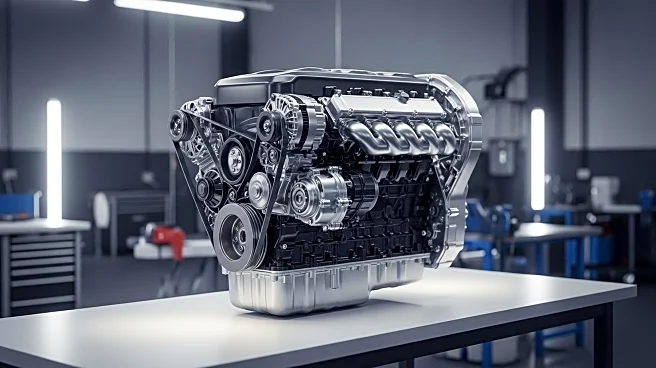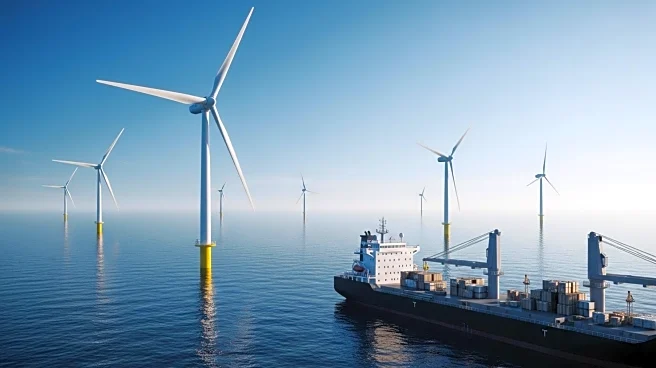What's Happening?
Jonathan Randall, president of Mack Trucks North America, discussed the trucking industry's gradual shift towards regional haul during the FTR Transportation Conference. He noted that 48% of Class 8 vehicle production consists of tractors with sleeper trucks, while 25% are tractors with day cabs. This shift is driven by drivers' desire to be home more frequently, prompting fleets to reevaluate routes. The move to regional haul is also facilitating the adoption of alternative-fueled vehicles, as trucks returning to base daily can be more easily fueled or charged.
Why It's Important?
The shift towards regional haul in the trucking industry is significant as it addresses driver satisfaction by allowing them to be home more often, which is crucial for attracting and retaining skilled drivers. Additionally, this transition supports the industry's move towards alternative-fueled vehicles, potentially reducing emissions and operational costs. The change in logistics from long-haul to regional haul could also impact supply chain dynamics, with more predictable routes and hub-and-spoke operations becoming prevalent.
What's Next?
As the trucking industry continues to shift towards regional haul, companies may invest more in infrastructure to support alternative-fueled vehicles. This could include installing fueling stations at fleet bases and developing more efficient logistics networks. The industry might also see increased collaboration between trucking companies and technology providers to enhance route planning and vehicle efficiency.










